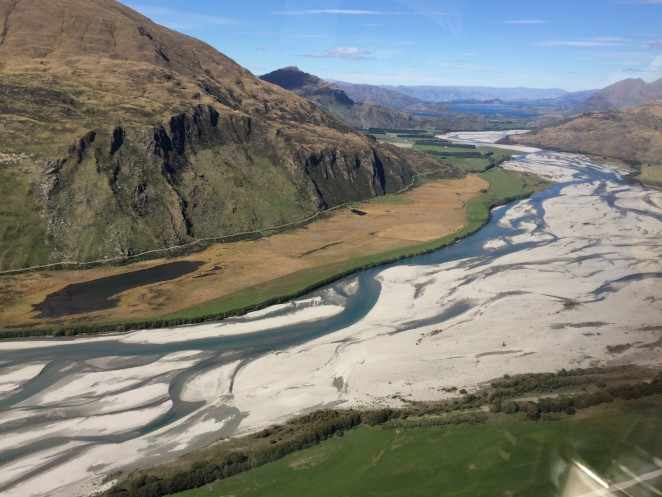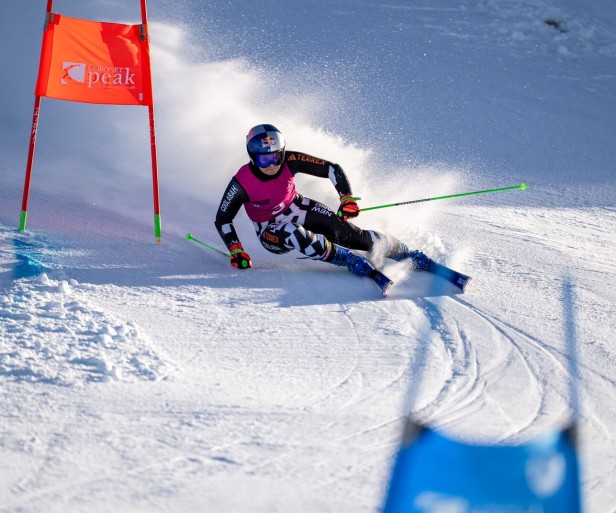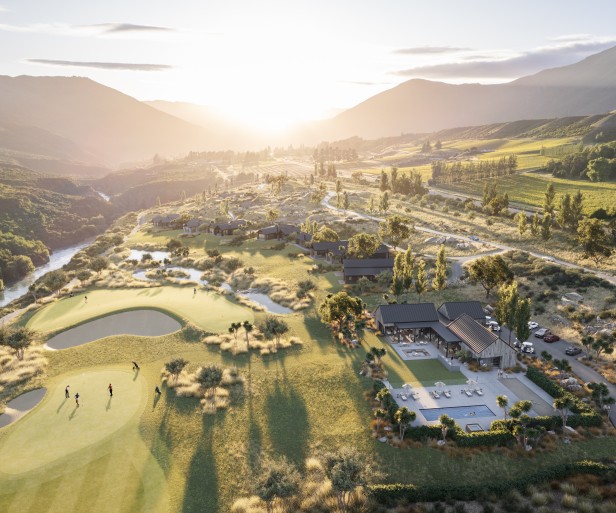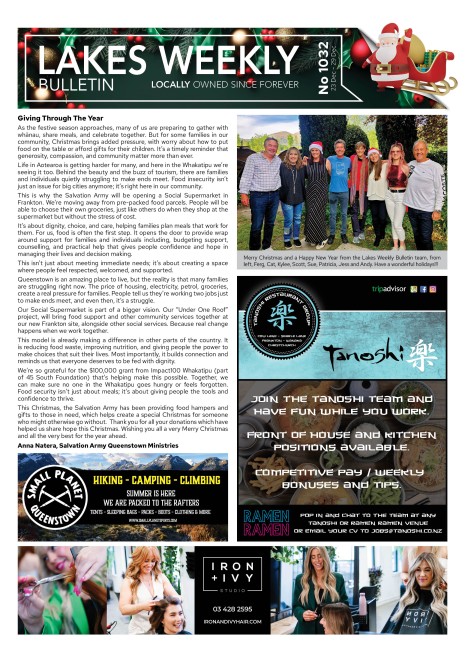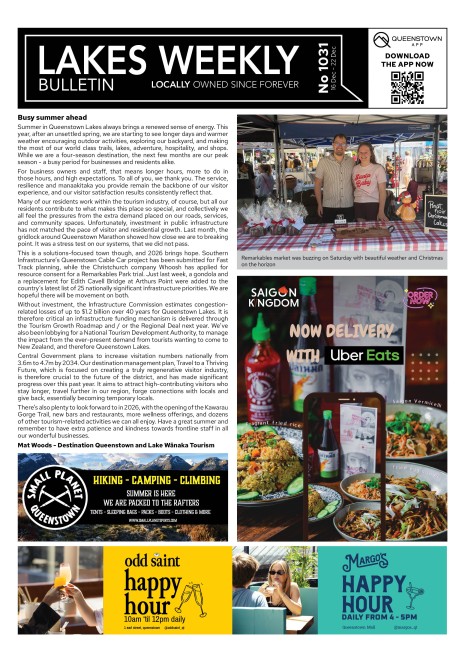Hunting tragedy puts spotlight on route choices
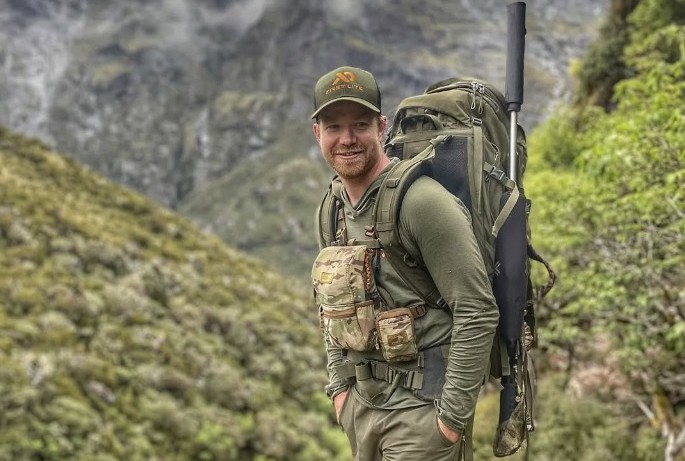
An Alexandra hunter who died on a solo trip near Glenorchy may have chosen to continue on a challenging route due to a hunting competition, a coroner has ruled.
Former Australian Army corporal Murray Aidan Horsfield, 29, died in a 70m fall down a sheer rockface in the Dart River Flats area, 12 February 2023.
The experienced hunter had 12 of the 15 species required for the Malek Trophy, which he wanted to complete before his 30th birthday two months away. He left on the trip hoping to find a whitetail deer buck.
His family raised the alarm on Valentine's Day, after they were unable to contact him, and searchers found his body at the bottom of bluffs on 19 February.
In a report to assist Coroner Mary-Anne Borrowdale’s inquiry, NZ Mountain Safety Council (MSC) identified factors that may have played a part in the incident, including several psychological factors.
The ‘commitment heuristic’ trap could have made it harder for Horsfield to retrace his steps once he had committed to a particular goal, even when the hazards became evident.
And the challenge to find a whitetail deer buck may have created the ‘scarcity heuristic’ trap, creating a sense of urgency that influenced Horsfield’s decision-making.
MSC noted that Horsfield was a fit and experienced alpine hunter, and was well prepared for the trip, including carrying a two-way emergency communication device, and that the weather in the area was settled and fine.
The report considered that steep and unstable terrain was a factor in Horsfield's fatal fall. While he was an experienced alpine hunter, his route included hidden bluffs that may have come as a surprise to him and which left little to no room for error.
"Falls are the leading cause of death for alpine hunters in New Zealand," MSC Chief Executive Mike Daisley says. "Of the 11 deaths in the past 16 years, 10 were from falls."
Coroner Borrowdale accepted MSC's evidence and adopted the recommendations in her findings.
In its recommendations, MSC stressed that only those with the necessary skills and experience should attempt challenging terrain and unmarked routes, similar to those where Horsfield was hunting. If travelling above steep bluffs, be aware that loose rock or vegetation can give way at any time without warning, so keep a safe distance from the edge.
When descending steep terrain, MSC recommends seeking out routes that avoid hazards, like steep drop-offs, where a misstep would result in a significant fall.
"While it can take time and effort to navigate above or around difficult terrain, that effort is preferable to the likelihood and potential severity of a fall", Daisley says.
The mountaineer’s credo to descend routes that they have been up first, or use only known routes for descent, is crucial, as once committed to a descent in steep, high consequence terrain, turning back can be difficult or impossible.
For those on solo trips, especially in alpine terrain, safe, conservative route selection is paramount, and hunters and trampers need to allow themselves a wider margin of safety.
"The team at NZ Mountain Safety Council extends our deepest condolences to the family and friends of Murray Horsfield. In sharing these recommendations, we hope to prevent similar incidents and support safer participation in alpine activities," Daisley says.
MSC Recommendations
To improve safety in challenging alpine terrain and unmarked routes, MSC recommends the following, as adopted by Coroner Borrowdale in her findings:
- If travelling above steep bluffs, remain a safe distance away from the edge, as these areas are often unstable, can be slippery, and loose rock or vegetation can give way at any time without warning
- If possible, search for alternative routes that do not require travelling through or above such high-consequence terrain, especially where a slip or loss of footing would expose you to a significant fall. While it can take significant time and effort to ascend safely above or around difficult terrain, that effort is preferable to the likelihood and potential severity of a fall
- Do not attempt a descent route where you cannot clearly see the whole way down or have not scouted it first from below to confirm that a safe descent is possible. The mountaineer’s credo is good advice: only descend routes that you’ve been up first or that you know
- Solo trips always require wise decision-making, especially in alpine terrain. Safe, conservative route selection is paramount. Solo hunters and trampers should allow themselves a wider margin of safety
